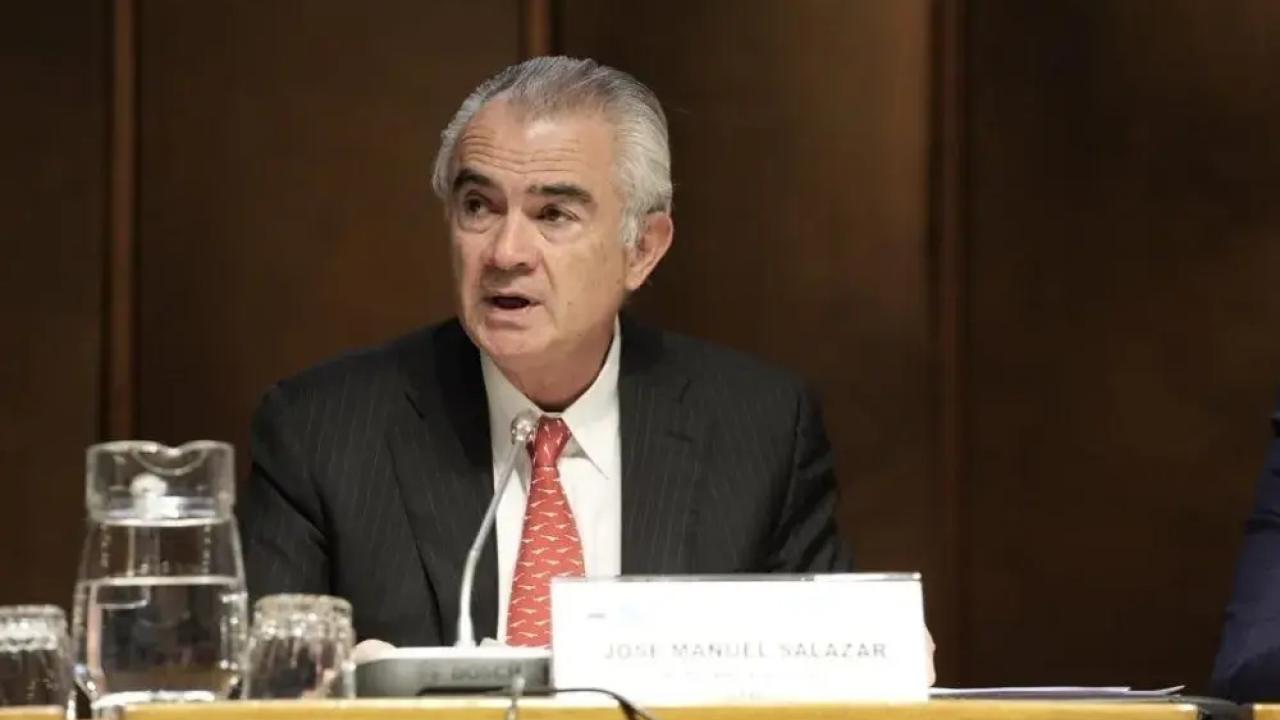
The figure received is higher than the average for the region in the last decade.
Foreign direct investment (FDI) in Latin America and the Caribbean fell 9.9% in 2023 compared to the previous year, which led the region to enter a total of US$ 184,304 million from this origin, and add a second year consecutive decline.
However, this amount is still a figure higher than that received by the region on average over the last decade, according to the FDI report released this Thursday by the Economic Commission for Latin America and the Caribbean (ECLAC).
The weight of foreign direct investment inflows in the region's GDP also decreased, since in 2023 it represented 2.8%.
However, the region's participation in total global FDI flows (14%) was higher than the average percentage in the 2010s (11%).
The decrease in FDI flows received by Brazil (-14%) and Mexico (-23%), the two countries with the largest participation in total inflows, explains, to a large extent, the result of the region, according to the study. .
In South America, Peru also saw a fairly sharp decline in FDI inflows (-65%), while Argentina and Chile saw an increase (57% and 19%, respectively).
More investments were also received in Central America and the Caribbean than in 2022 (12% and 28%, respectively).
In Central America, almost all countries received more FDI, highlighting the growth in Costa Rica (28%) and Honduras (33%), while the increase in the Caribbean is mainly due to the increase in inflows into Guyana (64%). and Dominican Republic (7%).
"Foreign direct investment can help to confront, in particular, the trap of low capacity to grow. This requires investment attraction policies that place emphasis not only on attraction, but also on what happens after establishment" , argued the executive secretary of ECLAC, José Manuel Salazar-Xirinachs.
INVESTMENT IN SERVICES
From a sectoral point of view, 46% of foreign direct investment in 2023 was directed to services, although this sector received lower investments than in 2022 (-24%).
Investments in manufacturing grew again for the second consecutive year (9% increase). Inflows into the natural resources sector also grew (+16%), despite the decline recorded in Brazil.
Regarding FDI components, reinvestment of profits increased by 15%, representing almost half of inflows in 2023, while capital contributions and loans between companies decreased by 22% and 36%, respectively. .
USA AND EUROPE, MAIN INVESTORS
The United States and the European Union were the main investors, the first with 33% of the total and the EU with 22% (without the Netherlands and Luxembourg). China, meanwhile, reduced its investments in the region.
On the other hand, the region's investment abroad (translatinas) fell 49%, returning to normal levels after the maximum reached in 2022.
With some exceptions, FDI continues to be concentrated in sectors and countries that offer natural resources or relatively cheap labor.
The objective is to add more value, in the case of natural resources, as well as diversify and scale towards sectors with more qualified labor, and increase the technological spillovers and productive chains that derive from this investment.
FDI ATTRACTION
Among the investment attraction policies that ECLAC mentioned this Thursday, it is worth highlighting the need for countries to base their implementation on governance arrangements at the highest political level.
Likewise, the organization has pointed out that it is urgent to involve actors from the public and private sectors, academia and civil society in the construction and implementation of FDI strategies.
Likewise, it is important to focus the attraction of FDI towards sectors or areas considered priorities for the sustainable productive development of the region. ECLAC has proposed at least 14 driving sectors in industry, services and areas related to sustainability.
Among them are the pharmaceutical and life sciences industries; the medical device industry; the export of modern ICT-enabled services; the care society; digital government; the energy transition; electromobility; the circular economy; the bioeconomy; sustainable water management; and sustainable tourism, to name a few.
"It is important that FDI attraction efforts have a sectoral and cluster approach, in order to maximize benefits," ECLAC concluded.









